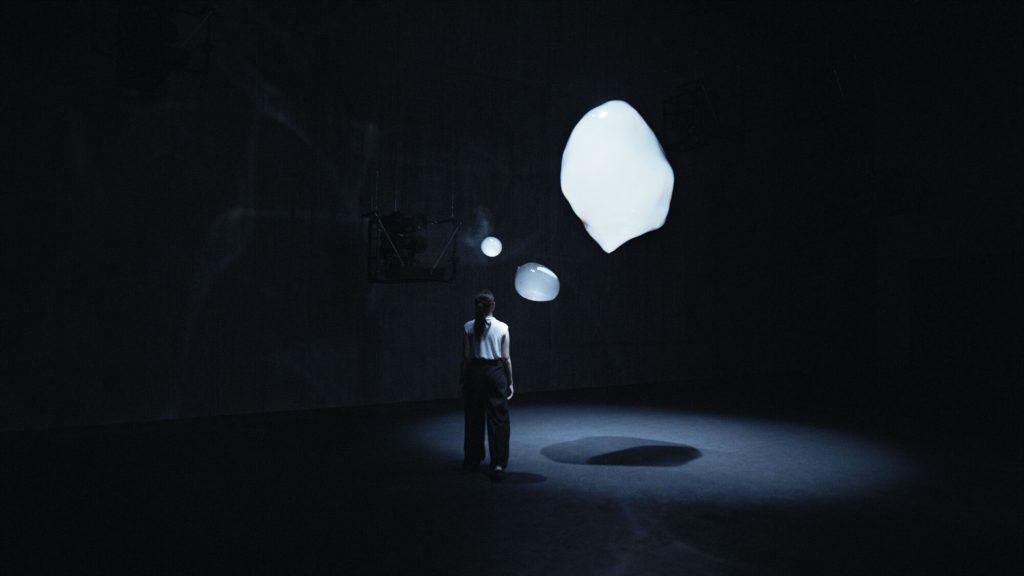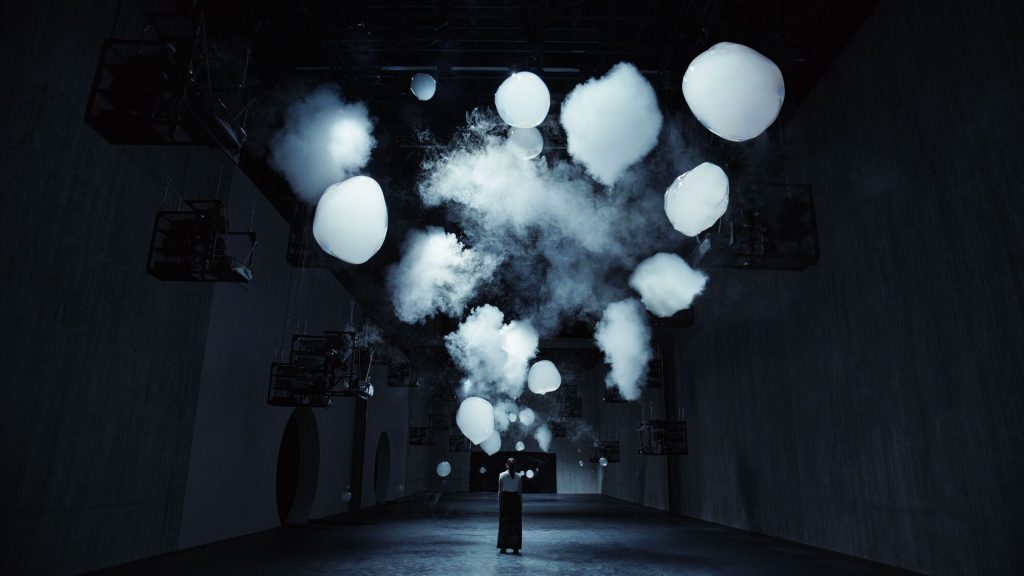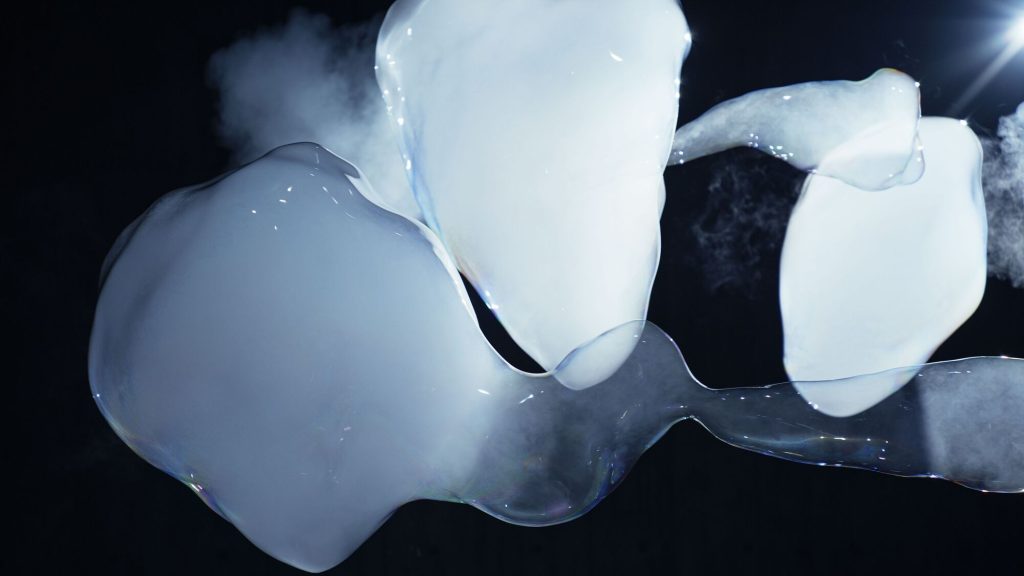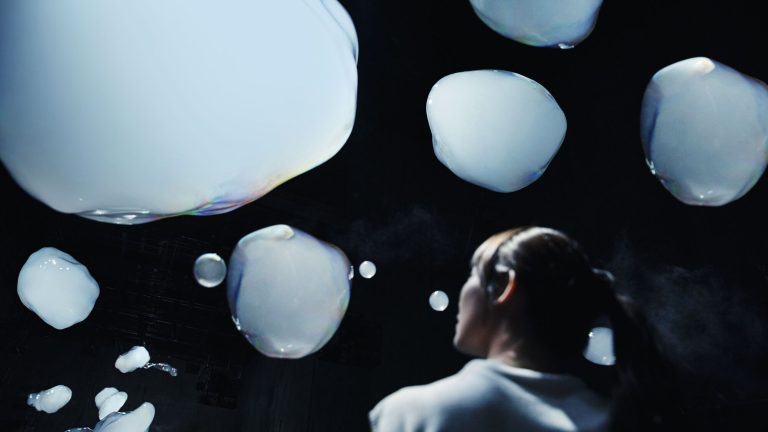



Beyond the Horizon
Artwork commission by M+ Museum
Photography by PETR&CO
Step into a world where mist becomes art and the invisible forces of nature come alive. A.A. Murakami, the visionary duo of Azusa Murakami and Alexander Groves, redefines what it means to experience art. With installations that breathe, glow, and vanish before your eyes, they challenge us to see the impermanence of life in new ways. Their Floating World exhibition, inspired by the ethereal transitions between the physical and digital, creates spaces where science, technology, and nature collide in breathtaking harmony.
hube: Your Fordlândia project reimagines a failed industrial utopia. Do you see yourselves as ‘archaeologists of failure’, and how do you strike the balance between historical homage and creative reinvention?
Azusa Murakami & Alexander Groves: With Fordlândia, we were definitely fascinated by the failure. We have a lot of sympathy for ambition that overreaches. We always intended to make the project half homage and historical storytelling of this fascinating place and half an imaginative collection that explores what sustainable forest products could be.
h: In Infinity Blue, you pay tribute to one of the planet’s oldest life forms – cyanobacteria – by transforming their role into a monumental sculpture. What inspired you to take this microscopic life and give it such a grand scale?
AM&AG: We were shortlisted to create a permanent centrepiece artwork for the Eden Project in 2018. The brief was to celebrate life on Earth, and we did a lot of research and learned so much. It was astonishing to discover cyanobacteria, which, some 3.8 billion years ago, underwent photosynthesis and released oxygen for the first time into the oceans and air. That this microscopic organism is visible in great blooms from space and accounts for around 70% of the oxygen in our atmosphere was incredible to us. Cyanobacteria’s existence is fundamental to our story of evolution and to our very breath today. They exchange breath with us now, rolling in our oceans like gods.
h: In Wave Particle Duplex, you capture the essence of matter in plasma-filled tubes. How do you approach blending art, science, and technology to create experiences that defy traditional categorisation?
AM&AG: We just follow what we are most curious about. The more you pull on a thread, the further it takes you, and before you know it, you’re deep in plasma science, experimenting with gas combinations, power supplies, and glassblowing. We are driven to push what’s possible.

